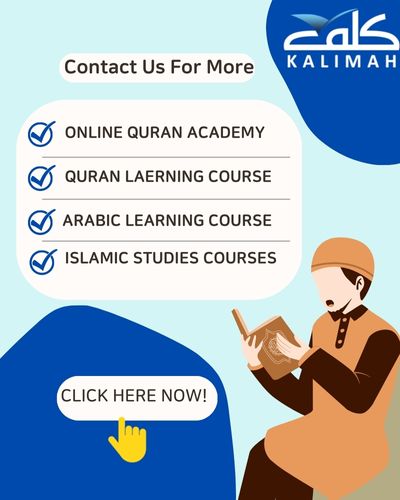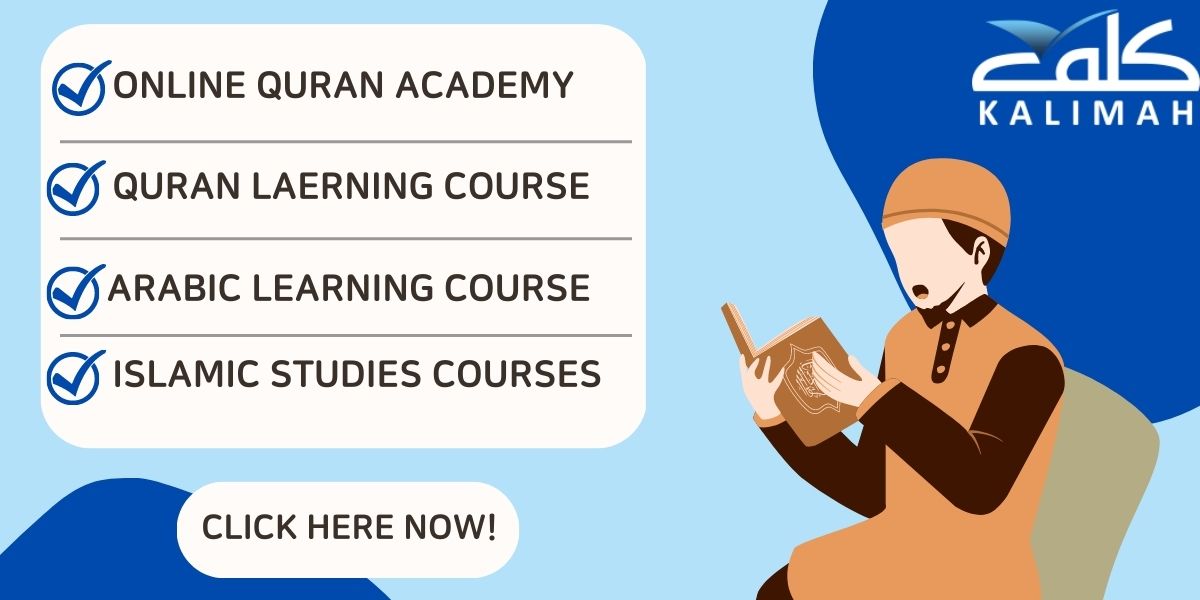In a Nutshell: Quranic Arabic books are specialized resources designed to help learners understand and connect with the Quran in its original language. They range from beginner to advanced levels, using Quranic verses to teach Arabic grammar and providing step-by-step instructions and exercises that gradually build proficiency, making the language of the Quran accessible and meaningful to students of all levels.
Many students dream of reading the Quran in its original language, and Quranic Arabic is beautiful but can be challenging to learn. Thankfully, there are great books to help!
As an Arabic teacher, I’ve seen the joy on students’ faces when they understand the Quran’s verses for the first time. It’s a special feeling to connect with the holy text in this way.
To make your learning journey easier, I’ve picked some fantastic books for all levels. Whether you’re just starting or have some Arabic knowledge, these books will guide you step-by-step.
Recommended Quranic Arabic Books
I am going to start with some essential books dedicated exclusively to Quranic Arabic, designed to guide you step-by-step:
1. Learning Quranic Arabic for Complete Beginners
This book serves as a comprehensive, user-friendly guide for absolute beginners. Designed to make Quranic Arabic accessible, it includes transliterations and pronunciation guides for all verses, ensuring learners can accurately pronounce each word. Additionally, it offers exegetical materials from respected Quran commentaries, providing deeper insights into the meanings of the verses.
Why It’s Great:
- Easy to follow: With its detailed yet straightforward approach, this book makes learning Quranic Arabic less intimidating for beginners.
- Pronunciation guides: Helps learners get accustomed to the sounds and rhythms of Quranic Arabic.
- Commentaries: Adds a layer of understanding beyond mere translation, connecting learners with the rich interpretative traditions of Islam.
The book takes you step-by-step through the basics of Quranic Arabic, focusing on essential vocabulary and grammar rules found in the Quran. Each chapter begins with a simple verse, broken down into its grammatical components, and followed by detailed explanations. This approach ensures that you not only understand the grammar but also appreciate the beauty and depth of the Quranic text.

2. Towards Understanding Quranic Arabic
Developed from years of teaching and research in the UK, this book offers a concise yet thorough introduction to Quranic Arabic. It’s designed to teach the essentials in a relatively short time, making it ideal for those eager to start their journey without feeling overwhelmed.
This book is particularly noted for its structured and systematic approach. Each lesson builds upon the previous one, gradually increasing in complexity. The exercises at the end of each chapter reinforce the material covered, ensuring that learners can practice and internalize what they’ve learned. The inclusion of real-life examples and dialogues makes the learning process engaging and relevant.
Features:
- Practical approach: Tailored for quick learning, perfect for busy students.
- Proven methodology: Developed from real classroom experiences, ensuring effectiveness.
- Community focus: Reflects the needs and experiences of diverse learners.

3. Learning Arabic Language of the Quran
This book stands out for its unique approach of using Quranic verses to explain Arabic grammar. By using examples directly from the Quran, it allows learners to simultaneously grasp the language and the sacred text. The author’s expertise in both Arabic and English ensures clarity and effectiveness.
Why It’s Great:
- Quran-centric learning: Uses actual Quranic examples to teach grammar, making the learning process deeply meaningful.
- Clear and simple language: Accessible to students of all ages.
- Author’s expertise: Combines deep linguistic knowledge with a passion for Quranic studies.
The book’s methodology is grounded in the belief that understanding the Quran’s language requires immersion in its text. Each grammatical point is illustrated with multiple examples from the Quran, allowing learners to see how the rules are applied in context. The author’s background in both Arabic and English enables her to explain complex concepts in a way that is easy to understand, even for those new to the language.

4. An Introduction to Koranic and Classical Arabic
Authored by W. M. Thackston, a renowned professor at Harvard, this book provides an elementary-level grammar of classical Arabic. It’s an indispensable resource for those interested in the broader scope of Islamic studies, including religion, science, and literature.
Thackston’s book is notable for its scholarly depth and precision. It covers a wide range of topics, from basic grammar to more advanced linguistic structures, providing a thorough grounding in classical Arabic. The exercises included in each chapter are designed to challenge learners and help them develop a deep understanding of the language’s nuances. This book is ideal for those who wish to pursue further studies in Islamic theology, literature, or history.
Features:
- Comprehensive: Covers both Quranic and classical Arabic, offering a solid foundation for further studies.
- Academic rigor: Benefiting from Thackston’s extensive teaching experience and scholarship.
- Broader context: Equips learners to engage with primary Islamic sources and classical texts.

Essential Pre-Quranic Arabic Books For Laying a Strong Foundation:
However, I know that understanding the complexities of Quranic Arabic can be challenging without a solid foundation in general Arabic. It’s beneficial to build a strong foundation in general Arabic first. Once you have a good grasp of basic Arabic, transitioning to Quranic Arabic becomes much smoother.
The rules of the modern standard Arabic language are fundamentally derived from Quranic Arabic, so there is little difference between them. The primary distinction lies in applying these rules with examples from the Holy Quran.
The following books are excellent resources to build that foundation, making your transition to Quranic Arabic smoother.
Foundational Books to Get You Started
To establish a solid foundation, consider these highly recommended books:
1. Iqraa
This book is designed for non-Arabs, children, and illiterate individuals. It employs a methodology focused on permutations, using simple structures for vocal training, and includes dotted font pages to assist in learning to write.

Why It’s Great:
- Step-by-step approach: Gradual progression from letters to words and sentences.
- Practical exercises: Helps in mastering both reading and writing.
- User-friendly: Suitable for beginners of all ages.
“Iqraa“ uses a highly effective method for teaching reading and writing by breaking down complex words into simpler components. Each lesson introduces a new letter and its variations, followed by exercises that reinforce the newly learned material. The dotted font pages are particularly useful for learners to practice writing, ensuring they can replicate the correct forms of Arabic letters and words.

2. Attamheed lelarabiyah – التمهيد للعربية
Aimed at students who have just learned the alphabet, this book introduces basic vocabulary and simple grammatical compositions in a communicative manner.
“Attamheed lelarabiyah” takes learners through a logical progression from recognizing letters to understanding and using simple sentences. The book’s focus on vocabulary building and grammatical structures helps learners form a solid foundation for more advanced studies. The communicative approach used in the book ensures that learners can apply what they learn in real-life situations, making the language learning process both practical and enjoyable.

Why It’s Great:
- Smooth transition: Bridges the gap between learning the alphabet and forming basic sentences.
- Communicative focus: Encourages practical use of language in daily contexts.
- Engaging content: Keeps learners motivated with clear, relatable examples.

3. Droos Nahwiyah mena Al Moqaddemah Al AAjourromiyah – دروس نحوية من المقدمة الآجرومية
This book delves into Arabic grammar, using examples and exercises to reinforce learning. “Droos Nahwiyah mena Al Moqaddemah Al AAjourromiyah“ is a detailed exploration of Arabic grammar based on classical texts. Each chapter is dedicated to a specific grammatical rule, providing clear explanations and numerous examples. The exercises included at the end of each chapter are designed to reinforce the material covered and ensure that learners fully understand and can apply the grammar rules in context.
Why It’s Great:
- Comprehensive grammar lessons: Thoroughly covers essential grammar points.
- Practice-focused: Includes exercises to solidify understanding.
- Traditional approach: Connects learners with classical Arabic grammar traditions.

4. Arabic Between Your Hands
Part of a series developed for educational institutions, these books cover basic to advanced levels, aiming to enable learners to pursue university-level studies in Arabic.
“Arabic Between Your Hands” offers a highly structured approach to learning Arabic, starting from the basics and gradually moving towards more advanced topics. The book is divided into units, each focusing on different aspects of the language, such as dialogues, vocabulary, and grammar. The inclusion of exercises at the end of each unit allows learners to practice what they have learned and track their progress. This book is ideal for learners who prefer a systematic and comprehensive approach to language learning.
Why It’s Great:
- Structured curriculum: Each level builds on the previous, ensuring steady progress.
- Comprehensive content: Includes dialogues, vocabulary, grammar, and exercises.
- Versatile use: Suitable for schools, institutes, and self-study.

Transform Your Reading into Wisdom: Kalimah Center’s Online Courses Await!
You’ve discovered the best books, and now bring their wisdom to life with Kalimah Center‘s transformative online courses!
Why Kalimah? Because reading alone isn’t enough. You need:
- Expert Guidance: Navigate the complexities of Quranic Arabic grammar, vocabulary, and pronunciation with certified teachers who understand your learning journey.
- Interactive Learning: Practice your recitation, pronunciation, and comprehension in live sessions designed to make learning enjoyable and effective.
- Spiritual Connection: Immerse yourself in the Quran’s divine language and deepen your understanding of its profound message.
Kalimah is the bridge between knowledge and embodiment:
- Quran and Tajweed Courses: Master the art of Quranic recitation, from the basics of Arabic pronunciation to advanced Tajweed rules.
- Arabic Language Courses: Expand your vocabulary, grammar, and comprehension skills to unlock the deeper meaning of the Quran.
- Supportive Community: Connect with fellow learners in our group classes, share insights, and build a lifelong relationship with the Quran.
Conclusion:
Learning Quranic Arabic is challenging, but several excellent books can guide you through the process. Key titles include “Learning Quranic Arabic for Complete Beginners,” which offers a user-friendly introduction with pronunciation guides and commentaries, and “Towards Understanding Quranic Arabic,” known for its structured approach and practical exercises.
Other notable books like “Learning Arabic Language of the Quran” and “An Introduction to Koranic and Classical Arabic” use Quranic verses to teach grammar and provide a comprehensive grounding in classical Arabic, respectively. These resources collectively make the journey of understanding Quranic Arabic more accessible and enriching.














